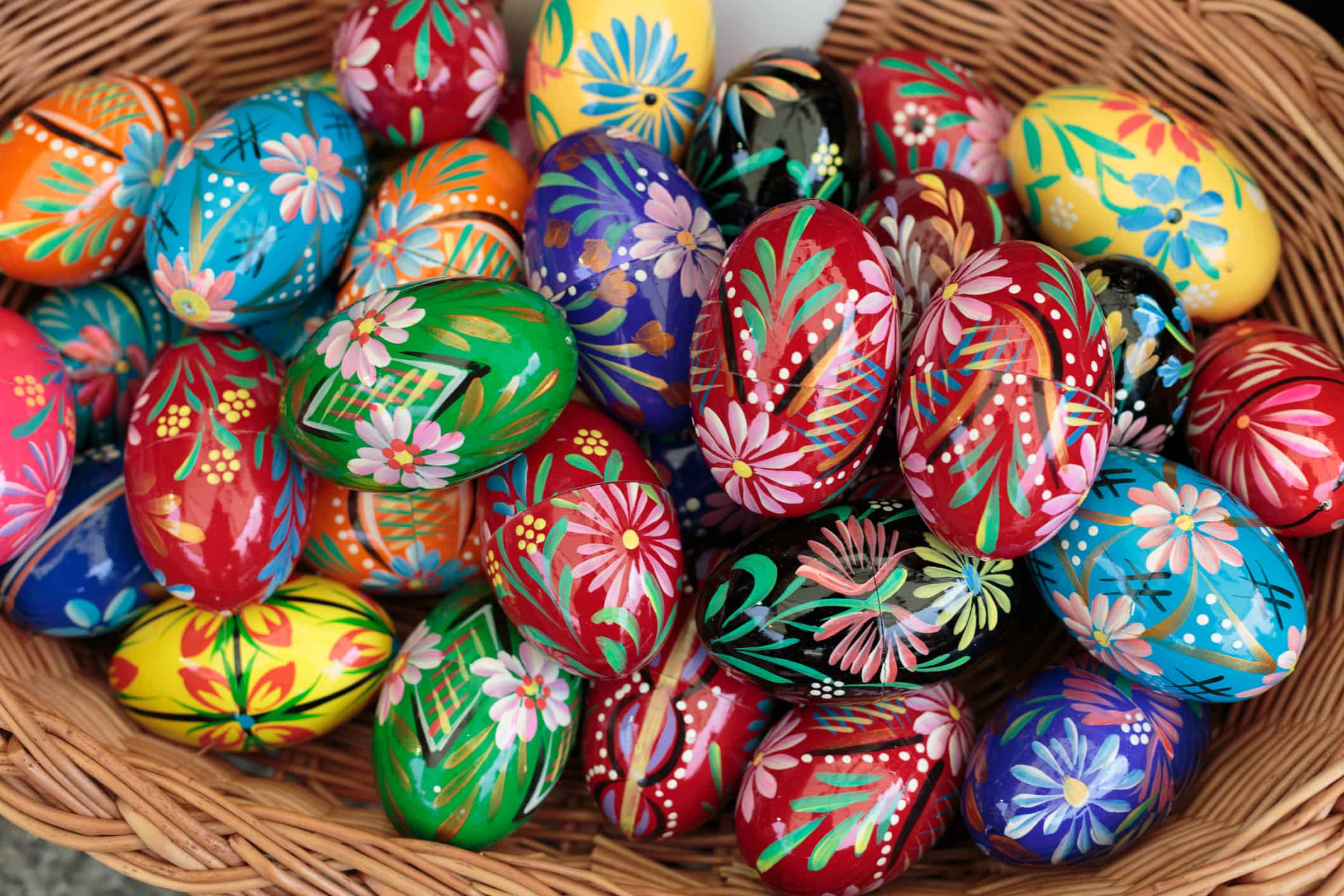

Fun Activities For Teaching Children Colors
Colors are everywhere. From an early age, children are introduced to the basic primary colors in their everyday activities and lessons. Because colors surround us in our homes and outdoors, it is important that children know what they are. There are many ways to introduce children to the world of color. Playing with paint or coloring pages with crayons are simple, yet effective ways to accomplish this task. But it doesn’t stop there. There are many activities that parents can introduce their children to in order to start knowing and recognizing the various shades of a rainbow.
Here are some fun and effective ways to teach children about color.
Identifying Colors with Flash Cards
Start with two index cards and color them with two separate colors. Have your child choose one of the cards and have them go around the house to find an item that is of similar color. Have the child bring that item back. Let the child tell you what he or she found and what color it was. Repeat this with the other flash cards.
Another variation is to collect random items that are the same color as one of the cards. Have your child place that particular card on the pile of similar-colored items. Repeat this activity with the other card. This game isn’t just limited to interior things. Take your child outside and have them find items in the yard or around that house that are the same colors as the flashcards.
Sorting Laundry
Before putting clothes away in the closet or dresser, ask your child to separate the laundry in piles of similar colors. When you're getting their outfit together in the morning, ask them to identify the color of each garment. This will help your child get to a point where they can dress themselves, since they'll start to understand what colors go together.
Finger Painting/Coloring
Kids love to color. By sitting down with them as they color, point out what each color is and ask them to repeat it back to you. You can also suggest that several things are certain colors. For example, if there is a picture of a girl in a coloring book, ask that your child color the hair yellow, the dress blue, and her shoes red.
Buy them a finger painting set. Before they use it, ask them to identify each of the colors. While they're painting, ask them what color they're using. Many finger painting sets come with all of the basic colors, so this is a great way to check to see if your child knows them.
Color Toss
Find some fabric of different sizes and colors and cut them into little squares. Arrange them a few feet away from you and your child. Give your child a beanbag to throw at the squares by yelling out which color they should be aiming at. If your child is too young to throw something accurately, have them walk over and touch the square of the color you've said.
Include Color in Your Daily Lives
This is simple and can be done on a regular basis. Whether you are at the grocery store or at the kitchen table, tell your child what colors different items are. It can be anything from the yellow banana in the kitchen, to the red car in the parking lot, or the green shopping carts at the supermarket.
After some time, go from telling your child what color certain objects are to asking them. If you find multi-colored items, ask them what color certain parts of that item are. This is a great way to check your child's progress with colors, and to identify what colors they seem to be struggling with.
Decorating the Bedroom
Ask your child what colors he or she would like their bedroom decorated. By having your child help decorate the bedroom, colors can be learned at the same time as well. Your child can suggest favorite colors for the bedspread, curtains, or rug. Your child will enjoy being included in the decorating process. It will help their room feel like their own.